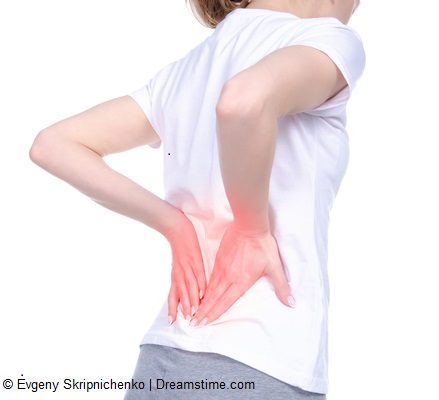Blog contributed by Club Pilates, Lake Norman (Written by Dr. John Lesher)
This is a question I’m frequently asked in clinic that, unfortunately, does not have a simple answer. Recommending exercises to patients depends on where pain originates and what types of movements aggravate or alleviate the pain. Pilates is one form of physical medicine that I recommend regularly to patients for back pain and sports injuries because the exercises can be modified to accommodate men and women of all abilities and fitness levels.
Originally called Contrology, Pilates was developed by Joseph Pilates, a German circus performer, who during World War I worked at an internment camp and taught floor exercises to injured prisoners. Because many were confined to bed, he incorporated springs from discarded mattresses to facilitate movement and noticed that patients recovered faster.
Pilates uses a combination of approximately 50 exercises that are typically performed on a mat, reformer, or other specialized equipment. The reformer is a sliding platform within a box-like frame upon which a patient sits, stands, kneels or reclines. Resistance to movement is provided via springs attached to the platform and through a pulley system. The exercises are performed to increase muscle strength, endurance, and flexibility, and to improve posture and balance.
Research has shown to be beneficial in improving back pain and disability and that it can reduce the frequency of falls and improve health-related quality of life in post-menopausal women. Furthermore, one study found that because the specialized equipment can make exercising fun, patients were more likely to perform exercises on a regular basis, which is important because exercise adherence is crucial to maintaining strength and balance improvements.
A typical Pilates class lasts 45 minutes to an hour and based on a recent study, Pilates training should have an exercise frequency greater than two or three times a week, for a minimum cumulative training of 20 hours . Your instructor can help determine the ideal frequency. Look for instructors with PMA-CPT certification, which requires completion of at least 450 hours of lecture, self-study, assisted teaching hours, and passing a validated, third-party certification exam.
So what it the best exercise for back pain? The answer depends on the patient’s condition, history, and physical examination, but Pilates may be part of the rehab solution. Happy exercising!
¬John Lesher, MD, MPH is board certified in Physical Medicine and Rehabilitation (Physiatry) and subspecialty certified in Sports medicine. He practices for Carolina Neurosurgery and Spine Associates in the Mooresville, Huntersville, and Concord offices.







Leave A Comment